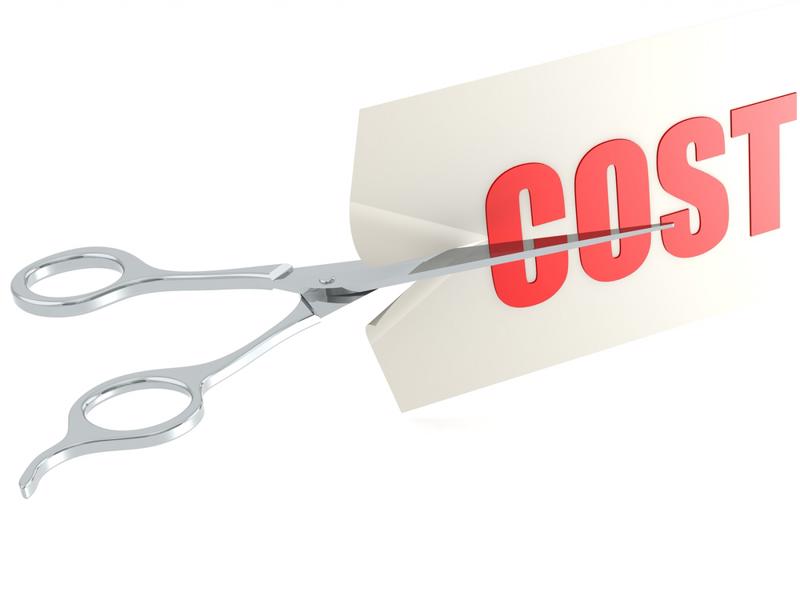With shipping containers so hard to come by — given demand for them is smashing all-time records — these and other supply chain costs aren't likely to subside any time soon, especially in a high-inflation environment.
The following tips can helping you keep supply chain expenses in check:
Get to the bottom of what's driving your supply chain costs
You may recognize that what you're earning in profit isn't quite as much as you've made in the past, but you can't determine how to increase your margins without first identifying what you're spending more money on. Is it transportation? Procurement? Production? Whatever it is, it's important to get more granular here so you can determine where to focus your attention.

Revisit cost-cutting strategies
A core component of achieving higher margins is knowing your production process and what aspects of it cost the most. With plenty of people buying your products and/or services and cash flow is plentiful, reining in production expenses may seem like something you can put off for another day. But when inflation is rising, cost cutting becomes a more pressing priority. As CTSI Global notes, whether you seek savings in procurement, warehousing, transportation or some other element of production, see what you can do to reduce how much you're spending.
Choose your budgeting battles wisely
One way you may want to diminish how much you're spending is by negotiating with one or several of your suppliers. But as CTSI Global further advises, if you have a long-standing relationship with an adviser and price negotiation would put its continuation in jeopardy, you may want to think twice about haggling. This is especially true if the amount you'd wind up saving is nominal. In short, if you're going to negotiate with a supplier, make sure that it's worth the effort from a standpoint of dollars and cents and that it doesn't create new problems.
Cut down on inventory wherever possible
Diminishing inventory may seem like a bad move, given that port congestion is preventing goods from reaching store shelves. But if certain products you have in inventory are staying put, you're spending money on warehousing for nothing. As ICRON says, the goal should not be to eliminate inventory entirely but to minimize excessive amounts. When you can identify the products that are the most popular with the buying public, you can maximize your inventory expenditures by keeping more of what sells and less of what doesn't.



Post A Comment:
0 comments so far,add yours